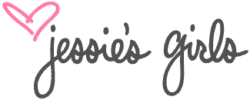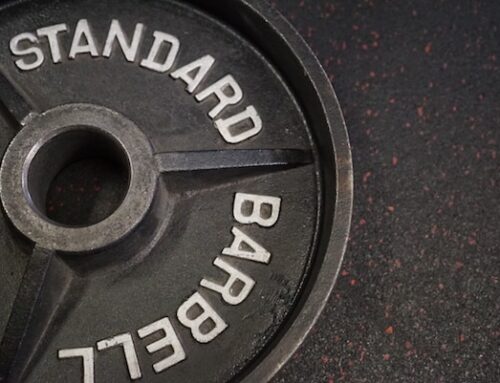From the start, I have always followed a very traditional lifting program. No super-sets, no drop-sets, no standing on one leg on a Bosu ball performing balancing squatting shoulder presses. While I do believe that all of those can be a part of your fitness regimen and do have their benefits, we’re talking about building your foundation here.
When I first started lifting weights, I was very uncomfortable and self-conscious in the weight room. I wanted to get in and out and attract as little attention to myself as possible. So, I stuck to straight sets of traditional exercises that I saw the bodybuilders doing. I chose a body part, decided how many total sets to do, did 3-4 sets of 5-6 exercises and bolted.
I didn’t realize it at the time, but that is what built – or, what started to build – the foundation of my physique. You cannot build a fantastic physique quickly. Nor can you do it without a foundation. If you were to build your dream home, how would you start? Of course, with a grand vision—all the way down to the tiny details. You see the paint colors, the decor, the countertops…all the things that are fun to think about and envision. But you know it is a long road of construction and planning before you get to that point. You have to have the right team around you, access to experts, time and research. It is only until then that you may begin to pour the foundation. You feel proud when you accomplish that part. You know your happy home will be built on a strong foundation that was carefully planned. You see walls go up and the floor plan come together. Just like training, we want to see it come together more quickly but there are always setbacks, surprises and changes to the plan.
What Is Your Training Foundation?
The foundation, the walls and the master floor plan are your “traditional” lifts – the straight sets that you master over time to build the foundation of your physique. Master the squat, work on form, perfect that form and then begin to add weight as you gain experience with that exercise. Do the same with pull-ups, rows and presses.
“Traditional” exercises are multi-joint, compound exercises that recruit more than one muscle group and expend a lot of energy. Squats, deadlifts, pull-ups, rows, bench press and shoulder press are great examples of multi-joint, compound exercises. Work on these lifts at the beginning of your workouts so that you have the most energy and strength for them.
Structuring A Workout
Follow up the compound lifts with accessory exercises – ones that are not multi-joint, big exercises. Great examples of accessory exercises are anything that isolates a muscle group such as bicep curls, leg extensions, triceps pushdowns, calf raises, glute kickbacks and lateral flyes.
I have been building my workouts this way since the very beginning, and I believe it builds strength, size, symmetry and smarts. It is so important that you know what you’re doing – even if you work with a great trainer or coach that provides you with a training program. Do you study that program until you know WHY everything is set up the way it is? Do you ask questions? Are you learning in the process? Your trainer or coach may not be around in 15 years – will you know how to continue living this healthy and fit life you love so much? Your body is the only one you get – it is important you take care of it, learn it, stay injury-free and listen to it. If you take the time and care to build a strong foundation, you will have a happy home for the rest of your life!
To get started adding my favorite foundation exercises to your workouts,






Leave A Comment
You must be logged in to post a comment.